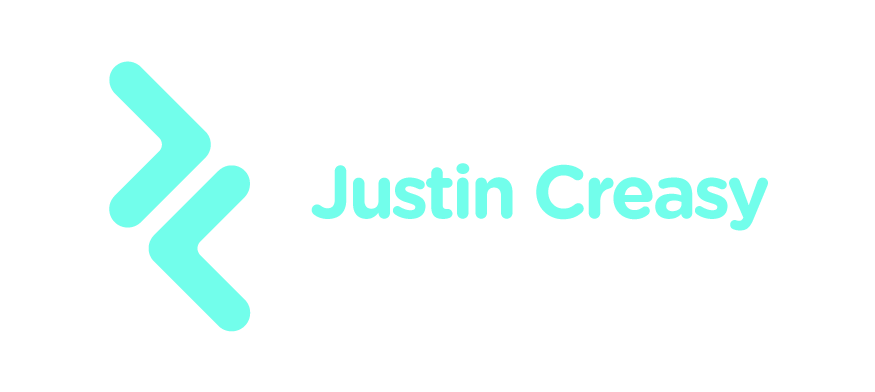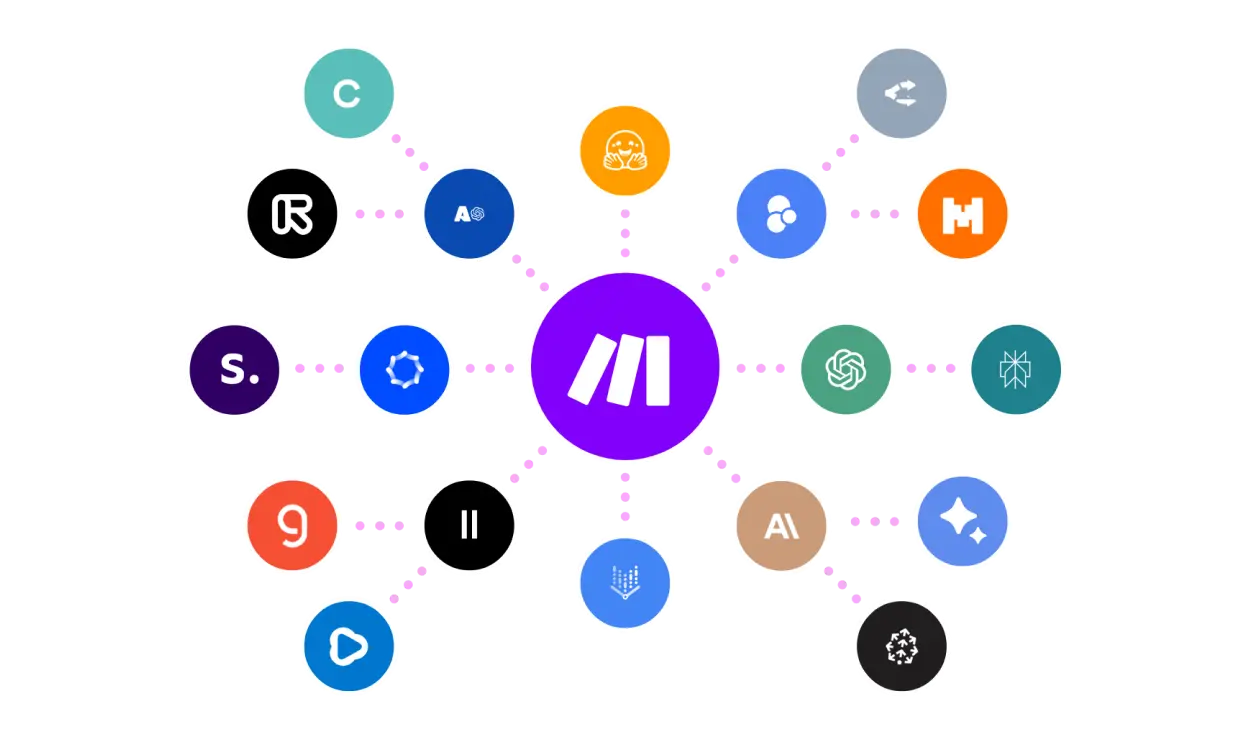Best Prototyping Tools: Elevate Your Design Process
Prototyping is an essential step in design, bridging the gap between ideas and reality. With the myriad of tools available, identifying the best prototyping tools can revolutionize your workflow, enabling rapid iteration, enhanced team collaboration, and superior end-product creation. This guide dives into top-tier prototyping tools, offering a comprehensive analysis that transcends the standard lists you’ve seen.
Why Prototyping Tools Matter
Prototyping tools are the backbone of successful product development. They allow designers and developers to visualize interfaces, test user experiences, and validate concepts before diving into full-scale production. The right tool can maximize efficiency, reduce costs, and eliminate misconceptions early in the process.
Top Criteria for Choosing the Best Prototyping Tools
Selecting the best prototyping tool involves considering several critical factors:
- Ease of Use: User-friendly interfaces streamline the design process.
- Collaboration Features: Teams need tools that support real-time collaboration.
- Integration Capabilities: Seamless integration with existing tools can enhance productivity.
- Prototyping Fidelity: Depending on the project, you might need low-fidelity or high-fidelity prototypes.
Leading Prototyping Tools of 2023
1. Figma: The Collaborator’s Champion
Figma has taken the design world by storm. Its cloud-based platform allows multiple users to work simultaneously, fostering an environment where creativity thrives. Boasting robust integration with popular tools like Slack and Zeplin, Figma’s intuitive design makes it accessible for both beginners and seasoned professionals.
- Key Features: Real-time collaboration, interactive prototyping, and versatile design systems.
- Pros: Highly accessible, extensive community resources.
- Cons: Limited offline capabilities.
2. Adobe XD: A Versatile Choice for Designers
Adobe XD stands out for its seamless integration within the Adobe Creative Cloud suite, making it a popular choice among designers. It caters to both basic wireframing and advanced prototyping needs, allowing designers to transition between design and prototyping effortlessly.
- Key Features: Voice prototyping, responsive resizing, and auto-animation.
- Pros: Integration with Adobe products, constant updates.
- Cons: Steeper learning curve for those unfamiliar with Adobe software.
3. Sketch: An Industry Staple for Mac Users
Sketch is renowned for its strong emphasis on UI/UX design. Popular among many in the design community, Sketch offers an array of plugins that extend its functionality far beyond a simple design tool.
- Key Features: Vector editing, extensive plugin ecosystem, and powerful export options.
- Pros: Large community, frequent updates.
- Cons: Limited to macOS.
4. InVision: Comprehensive Design Prototyping
InVision provides a complete suite for prototyping, iterations, and feedback. It supports dynamic collaboration, ensuring that all stakeholders have a voice in the development process. Notably, its ‘InVision Studio’ feature offers advanced animation capabilities, giving life to designs in innovative ways.
- Key Features: Interactive prototypes, version control, and user testing.
- Pros: Great for team collaboration, easy to gather feedback.
- Cons: Can be resource-intensive.
Future Trends in Prototyping Tools
As technology continues to advance, prototyping tools are evolving with AI-driven design aids, voice interface prototyping, and augmented reality capabilities. These innovations promise to further ease the creation of sophisticated prototypes, providing designers with unprecedented control and creative freedom.
Conclusion
Selecting the best prototyping tools can significantly affect your design efficiency and output quality. Whether you opt for Figma’s collaborative prowess, Adobe XD’s versatility, or Sketch’s design strength, each tool offers unique capabilities suited to different needs.
To maximize these tools, ensure they align with your team’s workflow and project demands, paving the way for innovative, user-centric designs. As you integrate these solutions, remember that the best tool is one that evolves with your ever-changing design landscape.
Enhance Visibility with Internal Links
To deepen your understanding and expand your toolkit, explore related articles on design trends, user experience best practices, and mastering design thinking.
Incorporating these insights will not only improve your prototyping process but also enhance your design projects overall.




